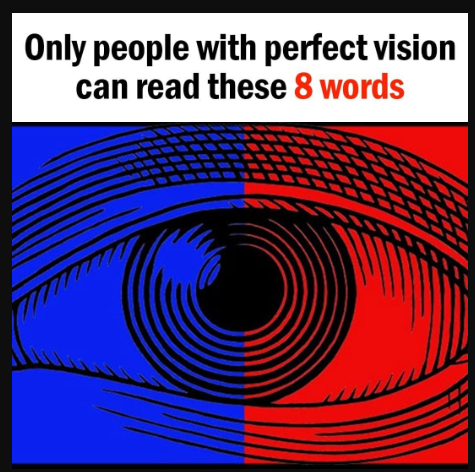Color vision deficiency (CVD), often called color blindness, refers to a condition where people have difficulty distinguishing certain colors, such as red, green, blue, or yellow. True color blindness, which is rare, involves seeing only in black and white. There are four main types of color blindness: Deuteranomalia, where reds and greens appear faded; Protanopia, where reds and greens lack brightness; Tritanopia, which causes issues with blue and yellow; and Total Color Blindness, an extremely rare condition. Color blindness is most commonly discovered when individuals encounter situations like traffic lights or picking out colored objects. While treatment isn’t typically needed, some people may use visual cues or rely on technology to navigate their environment
Only People With Perfect Color Vision Can Read These Words
